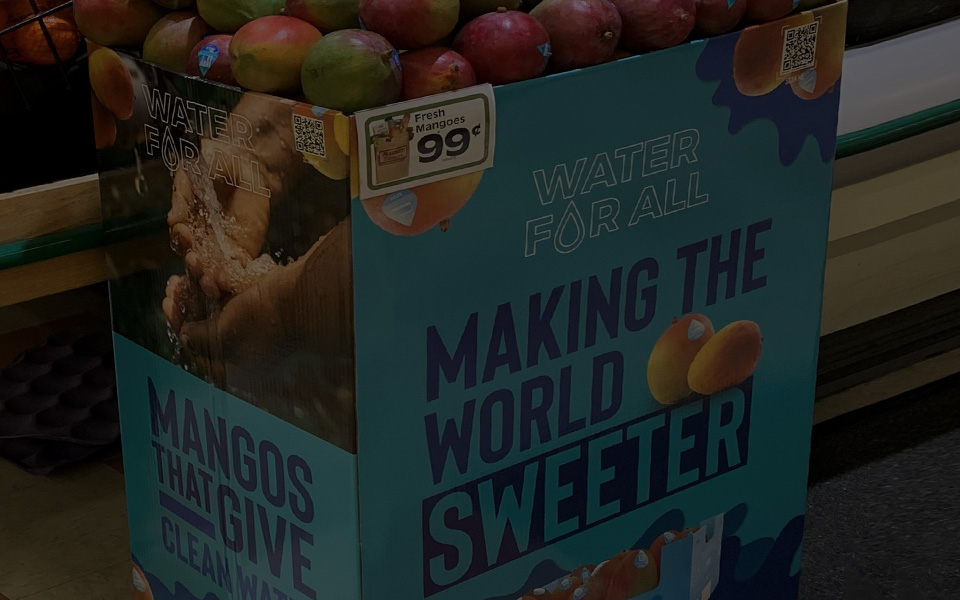
Imagine if you had enough money to put 8.5 million people through four years of private college at an average annual cost of $30k. The same amount would buy a Prius at its sticker price of $23,810 — for roughly 40 percent of American families. That’s what $1.6 trillion buys, and the combined amount that Americans spent in 2015 on food and beverages in grocery stores and dining out.1
Today’s tech-savvy millennials are acutely aware of the food they consume. When an outbreak of foodborne illness occurs, the subjects of food safety and consumer health immediately become top news stories. And CEOs are taking notice. In a 2017 interview, McDonald’s CEO Steve Easterbrook stated, “Food safety is McDonald’s number one priority.”2
Food safety regulations and compliancy
In 2011, the Food and Drug Administration (FDA) implemented the Food Safety Modernization Act (FSMA) under President Obama’s leadership; these laws were updated in 2016 to enforce best practices. Industry standards such as Hazard Analysis and Risk-Based Preventive Controls (HARPC) and Hazard Analysis and Critical Control Points (HACCP) were designed to help food processors identify, control and prevent hazards through a systematic approach. HACCP compliance is currently mandatory for meat, poultry, seafood, dairy and juice processors in the United States, as well as retail food services. Because of its success in the food and meat industries, HACCP plans are also being applied to non-food industries.
Under the existing FSMA 2016 mandates, FDA-registered food facilities, manufacturing facilities and processors must:
- Establish and maintain food safety systems that comply with HACCP/HARPC plans
- Verify the controls are effective by monitoring, testing and taking corrective actions and documenting the outcomes
- Maintain risk-based supply chain programs for raw materials and ingredients and provide education and training to employees
With the goal of proactively preventing foodborne illness outbreaks rather than reacting after the fact, FSMA laws helped established a positive path forward. The rise of wireless data-logging technologies has since been embraced by a spectrum of processing facilities — from meat and dairy processors to laboratories — to help maintain compliance.
Why do you need data loggers?
Data loggers have becoming essential tools that facility managers can use to independently verify information in food retail and processing facilities. By identifying environmental factors that could affect product quality and invalidate food safety plans, data loggers help facility managers meet compliance standards, as well as monitor other key facility metrics, such as: energy conservation, recordkeeping in a cold storage facility, or air handler cycle frequencies.
Traditional methods used to monitor critical limits and maintain an accurate recordkeeping system come with drawbacks. Typically, these are strip chart recorder (with moving parts) or a thermometer that requires an employee to manually check and document conditions. It’s easy to see how these methods are inadequate and threaten the integrity of food safety plans. Alternatively, data loggers do not rely on mechanical, moving parts or constant manual attention from employees.
Temperature monitoring is especially critical for compliance with USDA and FDA regulations. Data loggers can be implemented into HACCP plans to easily achieve this goal. Since each HACCP plan is unique to each facility, the data logging solution is dependent upon an end user’s specific application requirements. This not only saves, time, energy and money, but it also helps facility managers comply with new regulations.
How do data loggers work?
Data loggers are electronic measurement instruments that record environmental parameters such as temperature, humidity, pressure, pH and much more. Data is retrieved through a wireless connection or downloaded directly to a PC. There, records of the data are generated in graphical and tabular formats and include date and time stamps to fulfill compliance requirements. These records can then be saved electronically or printed to provide to the appropriate regulatory agencies to prove a facility’s compliance.
Data loggers are a cost-effective means of extremely accurate data collection and recordkeeping over long periods of time and in extreme environments. To ensure data accuracy, most data-logging companies provide services to maintain the correct and consistent calibration of devices. A calibration certificate indicates the date and condition of the services, providing the documentation required by most regulatory agencies to prove proper periodic calibration.
Choosing a data logger provider
Lumity and Cooper-Atkins have built a reputation as trusted providers of environmental monitoring solutions, and have recently added state-of-the-art, data-logging technology to their stable of HACCP-compliant, wireless monitoring products.
Cooper-Atkins was awarded the prestigious “Global Supplier of the Year 2015” by McDonald’s.
Click here to learn more about Lumity and Cooper-Atkins data loggers.

Six Ways to Reduce Food Waste by Tracking the Supply Chain
*Emerson’s Climate Technologies business is now a new standalone company: Copeland. Over the next...

Protect Valuable Shipments in High-Crime Areas
*Emerson’s Climate Technologies business is now a new standalone company: Copeland. Over the next...

Real-time Tracking Protects Valuable Mango Cargo
*Emerson’s Climate Technologies business is now a new standalone company: Copeland. Over the next...
